| Component | Description | Function | Examples |
|---|---|---|---|
| Touchscreen Display | An interactive screen for user input and navigation. | Allows users to select options and input data. | Capacitive touchscreens, resistive touchscreens. |
| Payment Processing Unit | Hardware that processes various payment methods like cards and mobile payments. | Handles transactions securely and efficiently. | Card readers, NFC readers, EMV chip readers. |
| Receipt Printer | A device that prints receipts for completed transactions. | Provides customers with a physical record of payment. | Thermal printers, impact printers. |
| Computer/CPU | The central unit that runs the kiosk’s software and manages all operations. | Executes the kiosk's functions and processes data. | Embedded computers, industrial-grade CPUs. |
| Barcode/QR Code Scanner | Device that scans barcodes or QR codes for product or ticket validation. | Facilitates quick input of product or ticket information. | 2D barcode scanners, laser scanners. |
| Cash Handling Module | Components like cash acceptors and dispensers for handling cash transactions. | Manages cash payments, dispensing change if needed. | Bill acceptors, coin dispensers. |
| Card Dispenser | Module that dispenses cards, tickets, or vouchers to users. | Provides physical cards or tickets upon payment. | Ticket dispensers, card dispensers. |
| Security Camera | A camera for monitoring and ensuring the security of transactions. | Records user interactions for security purposes. | CCTV cameras, integrated webcams. |
High Traffic Areas: When there is a large volume of customers, such as in malls, airports, or busy retail stores, self-service payment kiosks can efficiently manage queues.
Quick Service Environments: In fast-food restaurants or quick-service retail outlets, these kiosks expedite payment processes, reducing wait times.
Limited Staff Availability: In situations where staffing is minimal, such as during off-peak hours or in small businesses, kiosks provide a reliable alternative for handling transactions.
Contactless Payments: In environments prioritizing hygiene, like hospitals or during a pandemic, kiosks enable contactless payments, minimizing physical contact.
Self-Checkout Preferences: When customers prefer self-service, such as in grocery stores or convenience stores, kiosks cater to those who value autonomy in the checkout process.
Ticketing and Reservations: In venues like movie theaters, train stations, or event spaces, kiosks are ideal for purchasing tickets or making reservations on the spot.
Recurring Payments: For businesses with subscription models or frequent repeat transactions, kiosks offer a convenient option for customers to make regular payments independently.

A self service payment kiosk offers numerous benefits that enhance both customer experience and business efficiency. By streamlining the payment process, these kiosks significantly reduce wait times, allowing customers to complete transactions quickly and independently. This leads to increased customer satisfaction and can boost overall sales, as faster service often results in higher throughput.
For businesses, self-service kiosks reduce the dependency on staff, allowing employees to focus on other important tasks, which can lower labor costs. Additionally, they support a variety of payment methods, including cash, card, and contactless options, catering to diverse customer preferences. The automated nature of kiosks also ensures accuracy in transactions, minimizing human errors and improving overall reliability.
In environments where hygiene is a priority, such as hospitals or during health crises, kiosks facilitate contactless payments, reducing physical contact and promoting safety. Moreover, the ability to customize these kiosks to suit specific business needs—whether through branding, interface design, or additional features—makes them a versatile tool across various industries.
Overall, self-service payment kiosks provide a modern, efficient solution that meets the demands of today’s fast-paced, customer-centric world.

The creation of a self-service payment kiosk involves several key steps:
1. Design and Engineering: The process begins with designing the kiosk based on the intended application and user requirements. This includes choosing the right materials, creating a user-friendly interface, and determining the necessary hardware components.
2. Component Integration: The selected components—such as the touchscreen display, payment processing unit, receipt printer, and CPU—are integrated into the kiosk's structure. These components are carefully assembled to ensure seamless interaction and reliability.
3. Software Development: Custom software is developed to manage the kiosk's operations, including transaction processing, user interface, and connectivity with backend systems. The software is tested extensively to ensure it meets security and functionality standards.
4. Prototyping and Testing: A prototype of the kiosk is built and subjected to rigorous testing, including stress tests, usability tests, and security checks. Any issues identified during testing are addressed before moving to full-scale production.
5. Manufacturing and Assembly: Once the design and prototype are finalized, the kiosk goes into mass production. Components are manufactured or sourced, and the kiosks are assembled in a controlled environment to maintain quality standards.
6. Quality Assurance: Each kiosk undergoes thorough quality checks to ensure it meets all specifications. This includes testing the hardware, software, and overall durability.
7. Deployment and Installation: The finished kiosks are deployed to their intended locations, where they are installed and configured for immediate use.
How to Use a Self-Service Payment Kiosk
| Purchase Considerations for a Self Service Payment Kiosk
|

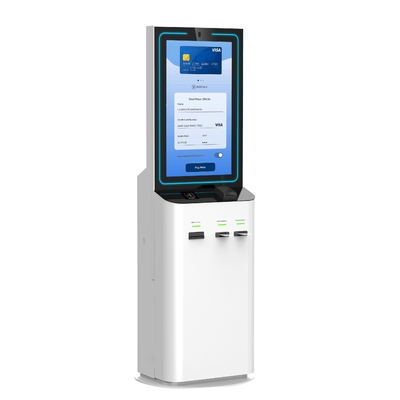
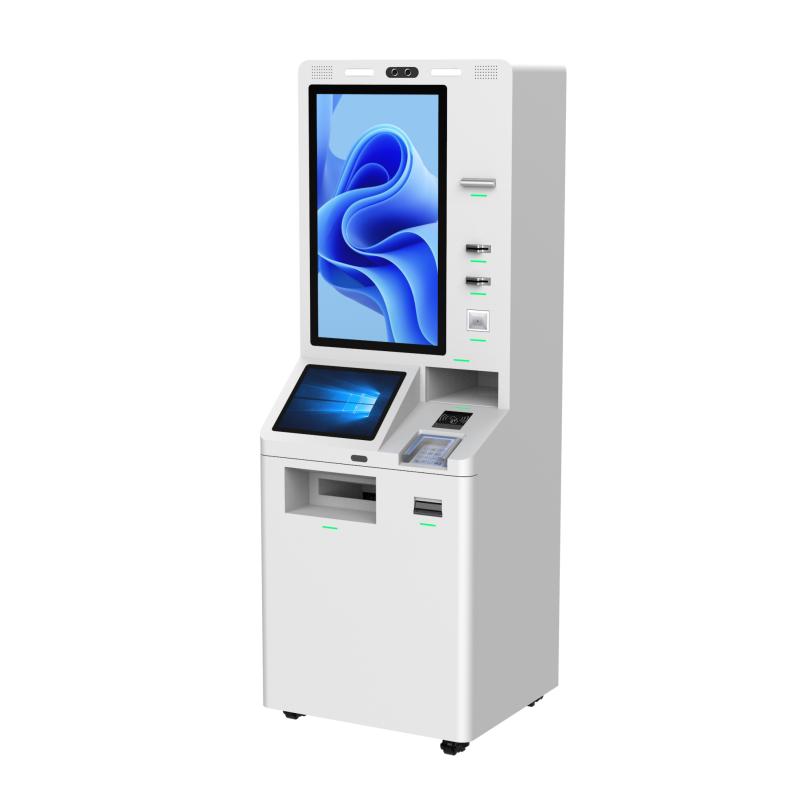
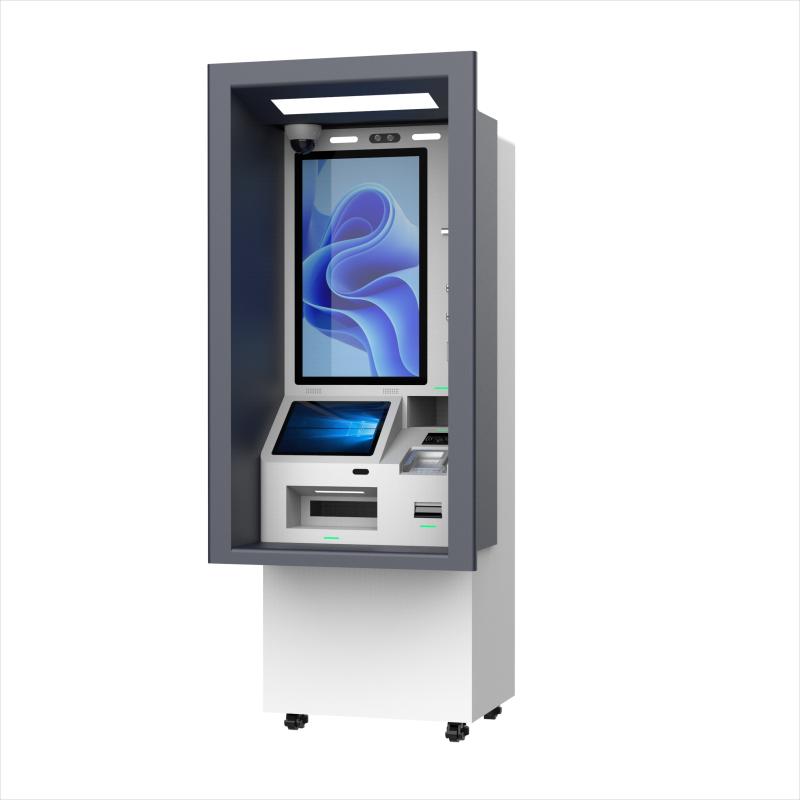
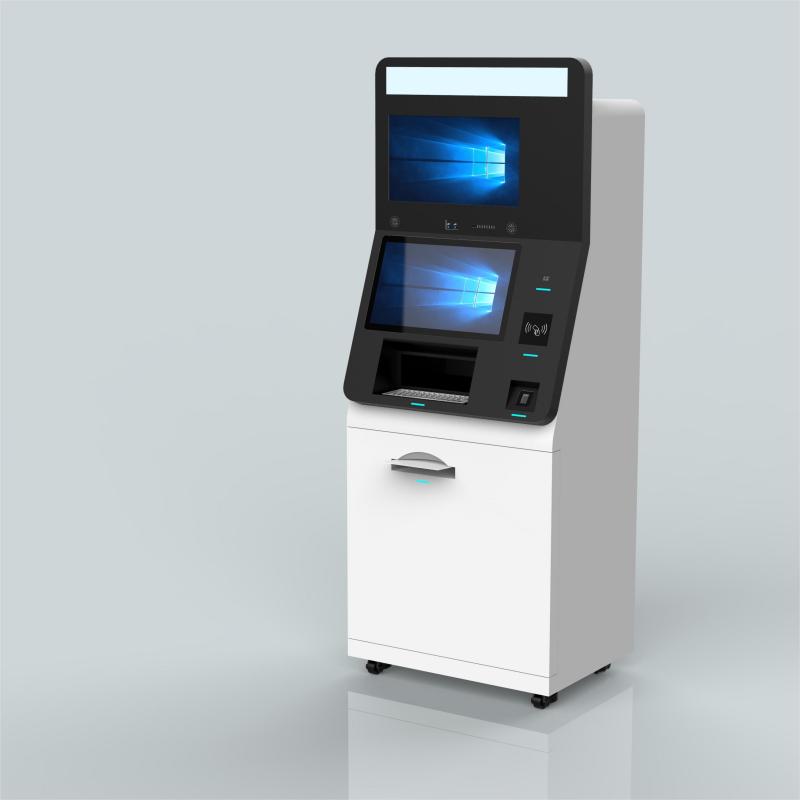

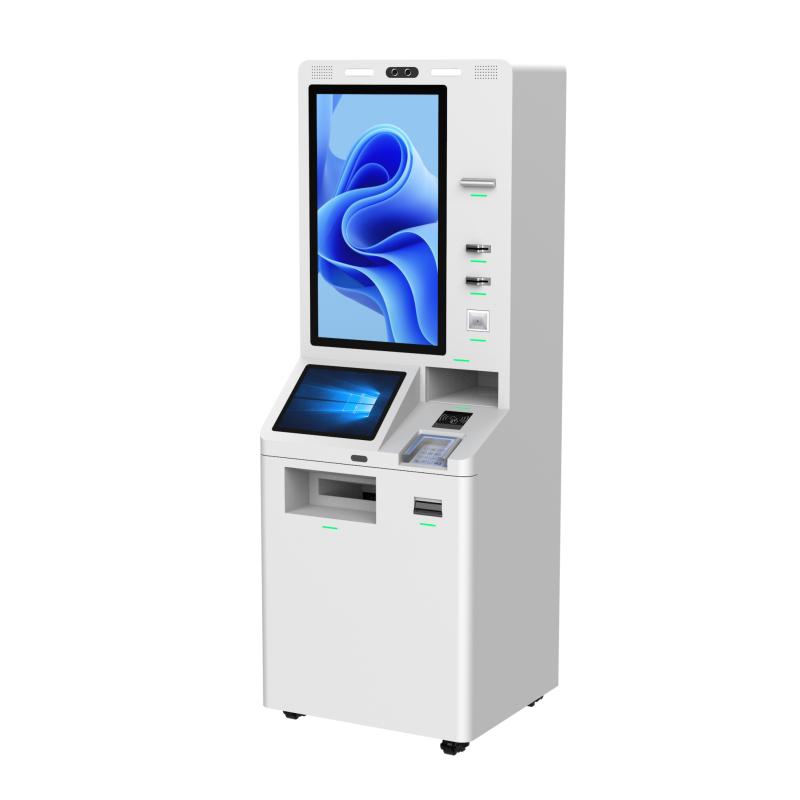

What did our happy clients say?
We are extremely satisfied with our new self service payment kiosk! The installation was seamless, and it has greatly improved our customer service. Thank you to this kiosk manufacturer for such a reliable product!
This self service payment kiosk has been a game-changer for our business. It's user-friendly and efficient, exactly what we needed. We highly recommend this kiosk manufacturer for their excellent service and quality!
Our new self service payment kiosk is perfect! It has reduced wait times and increased customer satisfaction. We appreciate the outstanding support from the manufacturer and highly recommend them!
The self service payment kiosk we purchased exceeded our expectations. It's well-built and easy to use. A big thanks to this kiosk manufacturer for their professionalism and top-notch product!